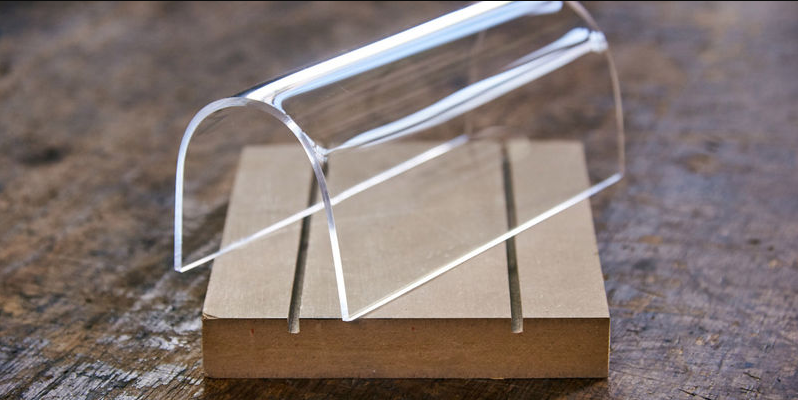
Yes, injection molded nylon can be heated and bent, a process commonly referred to as thermoforming or post-molding rework. Nylon, known for its durability and flexibility, can be reshaped after molding by applying heat. Here’s how and why this is possible, along with some considerations for the process.
Why Nylon Can Be Heated and Bent
1. Thermoplastic Nature
- Thermoplastic Behavior: Nylon is a thermoplastic polymer, meaning it becomes pliable when heated and solidifies upon cooling. This property allows it to be reshaped multiple times without significant degradation.
2. Heat-Induced Softening
- Glass Transition Temperature (Tg): Nylon has a specific glass transition temperature (Tg) and melting point (Tm) at which it transitions from a hard, glassy state to a more flexible, rubbery state. For most nylons (e.g., Nylon 6 or Nylon 66), the Tg is around 40-70°C (104-158°F), and the melting point is around 220-270°C (428-518°F).
[elementor-template id=”4330″]
How to Heat and Bend Nylon
1. Preparation
- Clean the Part: Ensure the nylon part is clean and free from contaminants that could affect the heating process.
- Protective Gear: Use appropriate protective equipment, including gloves and safety glasses, to handle heated nylon safely.
2. Heating Process
- Heat Source: Use a controlled heat source, such as a hot air gun, heat lamp, or oven, to uniformly heat the area of the nylon part to be bent.
- Temperature Control: Monitor the temperature to avoid overheating, which can cause degradation. Heating to around 150-180°C (302-356°F) is usually sufficient for bending without melting.
3. Bending and Forming
- Bend Gradually: Once the nylon reaches the appropriate temperature, it becomes pliable. Gently bend the part to the desired shape using consistent pressure.
- Molds and Fixtures: For precise bending, use molds or fixtures to hold the part in the desired shape while it cools.
4. Cooling and Setting
- Allow to Cool: Let the part cool naturally to room temperature. Cooling can be accelerated using fans or cool air, but avoid rapid quenching, which can induce internal stresses.
- Check for Defects: Inspect the part for any warping, cracking, or other defects that might have occurred during the bending process.
Considerations and Limitations
1. Material Properties
- Aging and Fatigue: Repeated heating and bending cycles can lead to thermal aging and reduced mechanical properties over time.
- Moisture Absorption: Nylon is hygroscopic and can absorb moisture, which affects its thermal and mechanical properties. Ensure the material is dry before heating.
2. Dimensional Stability
- Tolerance Changes: Heating and bending can cause dimensional changes. Ensure tolerances are accounted for in the final part design.
[elementor-template id=”4331″]
3. Stress and Cracking
- Internal Stresses: Improper heating or bending can introduce internal stresses, leading to cracking or failure under load. Uniform heating and gradual bending help minimize this risk.
References
- MakeItFrom: Material Properties of Nylon 6
- MatWeb: Nylon 66 Properties
- Plastics Technology: Thermoforming Process
By carefully controlling the heating process and understanding the material properties of nylon, injection molded parts can be successfully heated and bent to achieve the desired shape and functionality.
Related Conten: Expert Large Plastic Molds Manufacturing
 DTG Mould Trade Process |
|
| Quote: | According to sample, drawing and specific requirement. |
|---|---|
| Discussion | Mold material, cavity number, price, runner, payment, etc. |
| S/C Signature | Approval for all the items. |
| Advance | Pay 50% by T/T |
| Product Design Checking | We check the product design. If some position is not perfect, or can not be done on the mould, we will send customer the report. |
| Mold Processing | Send report to customer once each week |
| Mold Testing | Send trial samples and try-out report to customer for confirmation |
| Mold Modification | According to customer’s feedback. |
| Balance Settlement | 50% by T/T after the customer approved the trial sample and mould quality. |
| Delivery | Delivery by sea or air. The forwarder can be designated by your side. |
 |
|

